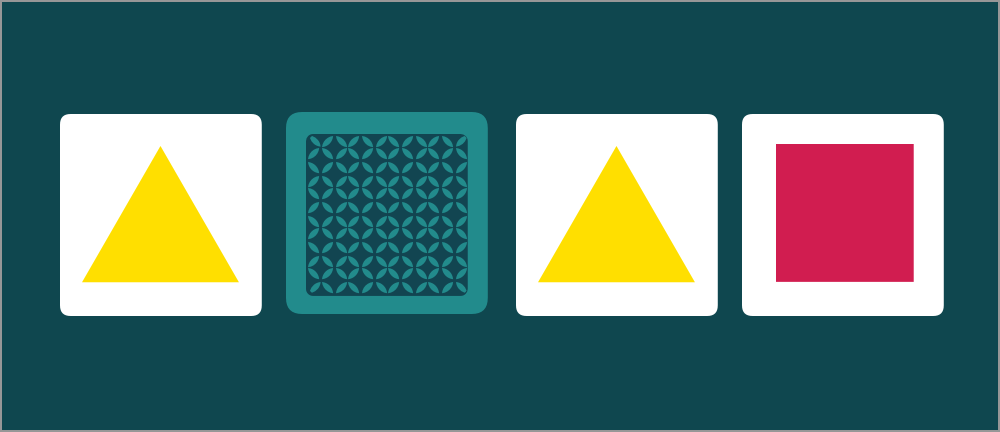
Level up with these time-tested memory techniques
To improve your performance in our memory games — and to use your memory more effectively in general — try these time-tested strategies.
The Ancient Greeks’ “memory palace”
Used by the ancient Greeks, the “memory palace” method is based on the understanding that people have a far better memory for the tangible (physical spaces, images) than for the abstract (numbers, words, ideas).
To create your own memory palace, pick a familiar space and fill it with vivid representations of whatever you want to remember. The weirder these images, the better.
Let’s say you need to buy a bag of oranges, then pick up a dog at the pound. First, picture walking into your house. Now picture an enormous orange tree growing through the middle of your couch (that’s your bag of oranges). Then mentally travel to your bathroom, where you see a tiny one-pound dog sitting on a scale. You’ve now created a “memory palace” that will make your to-do list more memorable.
The 17th century peg tactic
Creating an associative “peg” is a technique described in Ars Memoriae by 17th century author Henry Herdson. This strategy helps your recall by associating the information you want to remember with patterns you already know.
One natural way to start is with a sequence of numbers (1, 2, 3, etc.). For each number, come up with a rhyming word; for example, 1 = bun, 2 = shoe, 3 = tree. These number/rhyme associations are the “pegs” on which you’ll hang your memory-sensitive information.
Imagine that you need to remember to do laundry, stop at the post office, and get your car washed. Visualize combining your to-do list with the pegs: a soggy “bun” in the laundry, mailing “shoes” at the post office, and watering a “tree” with the water leftover from washing your car. Now you can mentally go through the list, first remembering the peg word, and then the associated image. If you can tie to your list to a well-known song or jingle, it will be even easier to remember, as rhythm helps structure associations.
The mid-century chunking method
In 1955, psychologist George Miller discovered that most people can only hold about seven “chunks” of information in their head at once. While the precise number varies depending on the context and the individual, scientists agree that the number is relatively small.
However, grouping information intelligently can help you get the most out of your available memory chunks. Let’s say you’re given the numbers “7 4 7 6.” Instead of storing them as four separate chunks, you can transform them into one memorable date: July 4, 1776, Independence Day in the US. By creating larger and larger chunks, you can string together increasing amounts of information.
Test these techniques with Lumosity
Several Lumosity games lend themselves to these techniques: try the peg method in Tidal Treasures, build a memory palace to help keep orders straight in Familiar Faces, or use chunking to gain a level in Memory Matrix. If they work for you, we’d love for you to let us know on Facebook, Instagram, or Twitter.
